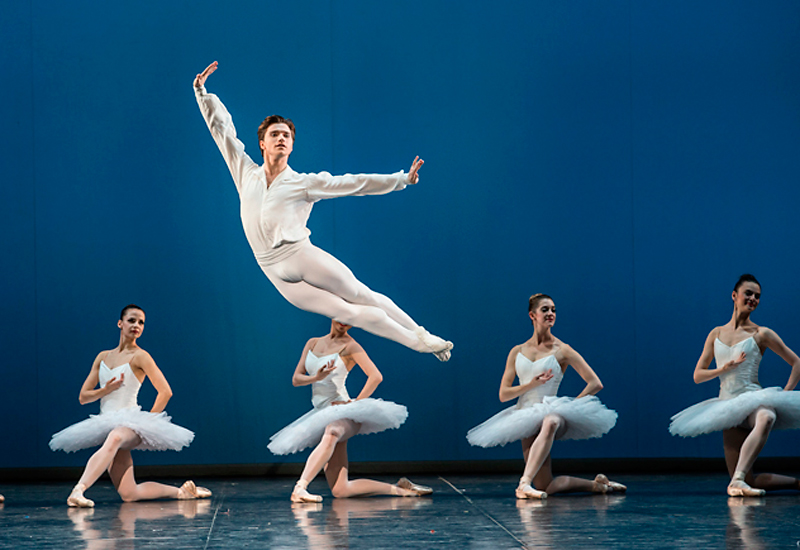Canada All Star Ballet Gala
Mind-blowing show! Only in Toronto!
Exquisite. Educational. Enlightening. Transforming.
The Most Prestigious Ballet Gala in the world!
April, 2018


 The origins of classical ballet extend back to the Renaissance period when dance became an inseparable part of court rituals and a symbolic expression of political ideas. Dance embodied the ideals of a harmonious society governed by celestial spheres and dominated by grace and beauty. In the early court ballets, kings and queens participated in the performances alongside with their courtiers and professional dancers. Before the establishment of the first professional Academy of Dance in seventeenth-century France, Italians were the most acclaimed teachers and theorists of dance in Europe. The very word “ballet,” which is used in today’s English in the French spelling, had its origin in the Italian balletto, a diminutive of ballo(dance), which in turn comes from the Latin ballo, ballare, meaning “to dance.” The five schools of classical dance presented in the Gala—French, Russian, Danish, British, and American—demonstrate a sequence of historical canons, which never existed in isolation from each other, but rather were intertwined and enriched each other. These historical canons did not remain frozen in time but continuously contribute to many excellent ballet schools around the world today. These schools empowered classical dance to grow through the centuries and now to renew their historical achievements in relation to contemporary world.
The origins of classical ballet extend back to the Renaissance period when dance became an inseparable part of court rituals and a symbolic expression of political ideas. Dance embodied the ideals of a harmonious society governed by celestial spheres and dominated by grace and beauty. In the early court ballets, kings and queens participated in the performances alongside with their courtiers and professional dancers. Before the establishment of the first professional Academy of Dance in seventeenth-century France, Italians were the most acclaimed teachers and theorists of dance in Europe. The very word “ballet,” which is used in today’s English in the French spelling, had its origin in the Italian balletto, a diminutive of ballo(dance), which in turn comes from the Latin ballo, ballare, meaning “to dance.” The five schools of classical dance presented in the Gala—French, Russian, Danish, British, and American—demonstrate a sequence of historical canons, which never existed in isolation from each other, but rather were intertwined and enriched each other. These historical canons did not remain frozen in time but continuously contribute to many excellent ballet schools around the world today. These schools empowered classical dance to grow through the centuries and now to renew their historical achievements in relation to contemporary world.
The training of a classical dancer is a long and demanding process, in which physical and expressive, technical and artistic, traditional and innovative aspects come closely together. It is often said that dancing requires a harmony of body and soul. This harmony is not arbitrary. Any movement or pose in classical ballet is harmonized through a position of arms, a direction of gaze, a tilt of a head, and a height of extensions, among other factors. All these important aspects are interpreted differently in the various schools. These differences are grounded in centuries of performing traditions, theoretical writings, aesthetic preferences, and cultural contexts. Although each of these schools strives to instill in a physically singular body a certain imprint of a school’s uniform manner of executing steps or holding positions, the paradox is how they enable the development of creativity and expression within strict parameters of a system.